Tips for Maintaining Heavy Duty Shelves for Longevity
Heavy duty shelves are built to withstand substantial weight and continuous use, especially in industrial and commercial environments. However, like any equipment, proper maintenance is essential to ensure their safety, performance, and lifespan over the years.
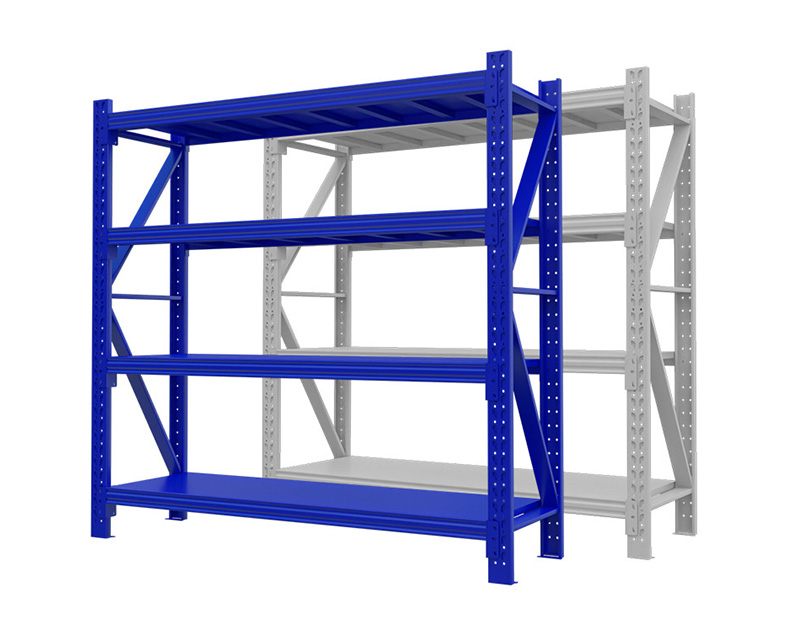
Regular inspections are the first step in maintaining heavy duty shelving. Schedule routine checks to look for signs of rust, corrosion, bent beams, loose bolts, or other structural damage. Even minor wear and tear, if left unattended, can compromise the shelf's load-bearing capacity and pose safety risks.
Keep load distribution balanced. Overloading or uneven weight placement can warp shelves or cause frames to lean, especially over time. Always adhere to the manufacturer’s specified weight limits and ensure heavy items are stored on lower shelves to maintain a stable center of gravity.
Clean shelves periodically to remove dust, debris, and chemical residues. In environments where spills are likely, such as automotive or chemical storage areas, use appropriate cleaning agents that won’t damage the shelf finish. Regular cleaning prevents corrosion and helps identify issues early.
Tighten all hardware and connections. Vibration from forklifts and daily activity can loosen bolts or connectors. Use a checklist to verify that all fasteners are secure during monthly or quarterly maintenance routines.
Repaint or recoat fixtures when necessary. For metal shelving, a protective coating such as powder paint can wear off over time. Touching up exposed areas prevents rust and extends the aesthetic and functional life of the system.
Finally, train staff on proper usage. Employees should understand how to load shelves safely, avoid climbing or standing on them, and report visible damage. This collective awareness greatly reduces the likelihood of accidents or long-term damage.
In summary, with regular maintenance, heavy duty fixtures can deliver decades of reliable performance. A small investment in upkeep pays off in reduced repair costs, improved safety, and maximum return on your storage infrastructure.
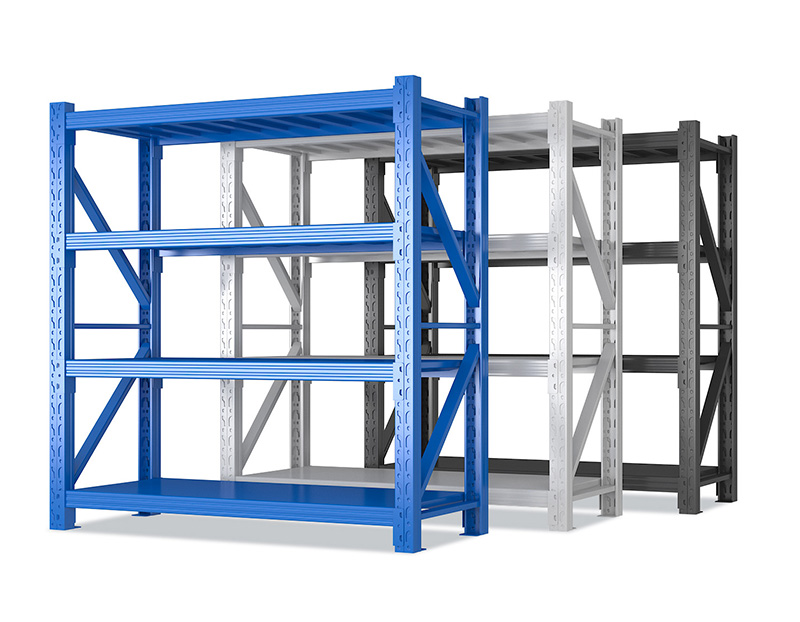 Estanterías ligeras: las mejores ventajas para espacios de a
Estanterías ligeras: las mejores ventajas para espacios de a
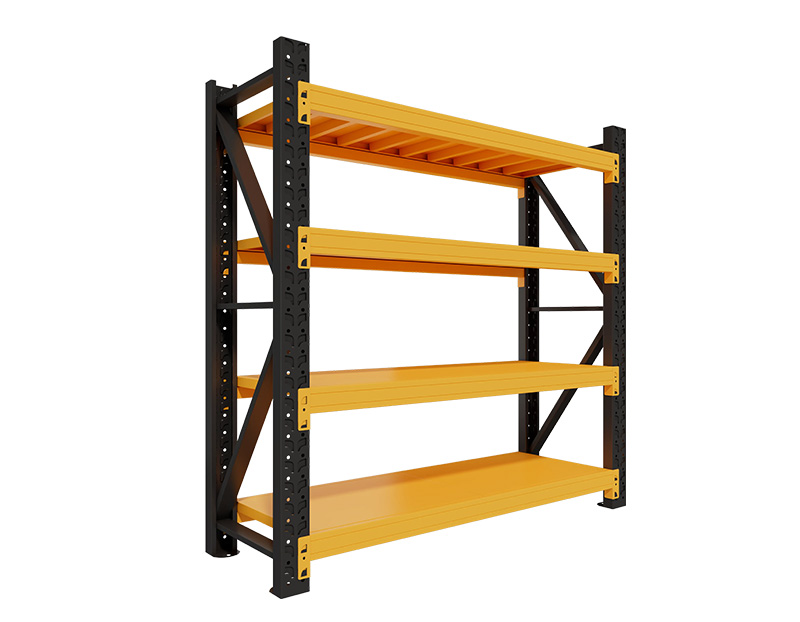 Estanterías medianas: perfecto equilibrio de resistencia y f
Estanterías medianas: perfecto equilibrio de resistencia y f
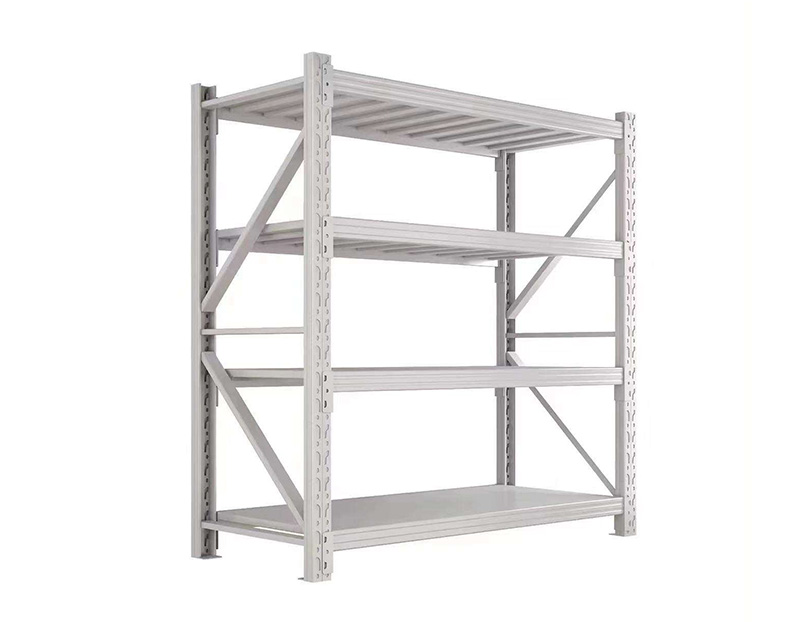 Heavy Duty shelf: Ultimate Guide for Industrial warehouse (e
Heavy Duty shelf: Ultimate Guide for Industrial warehouse (e
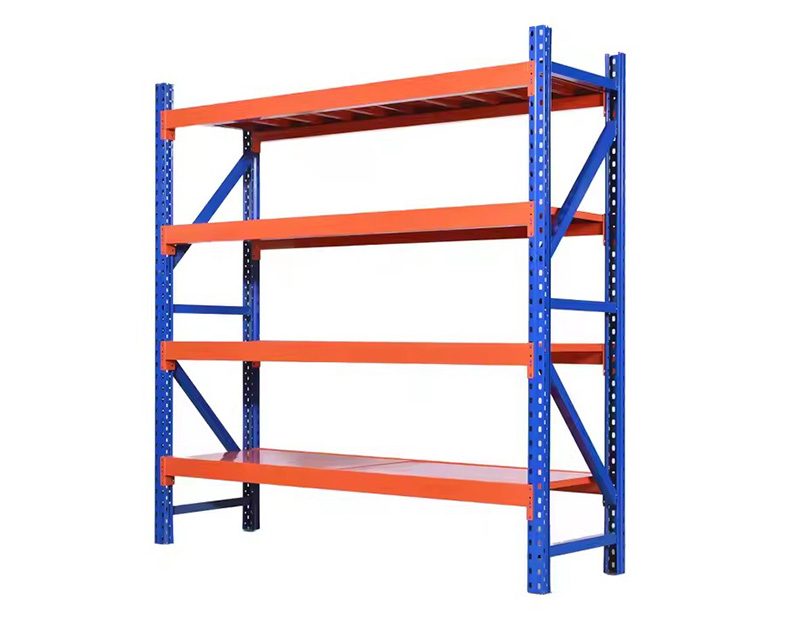 Tendencias en equipos de almacenamiento inteligentes que tra
Tendencias en equipos de almacenamiento inteligentes que tra
